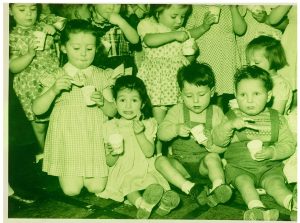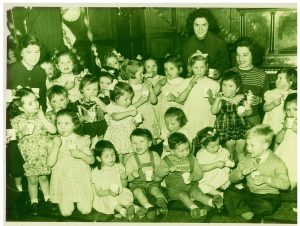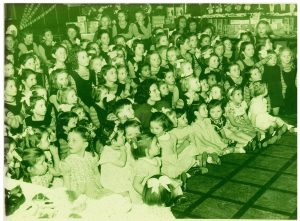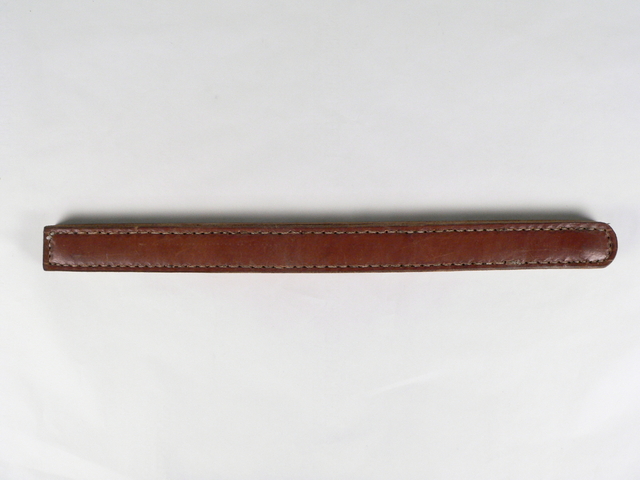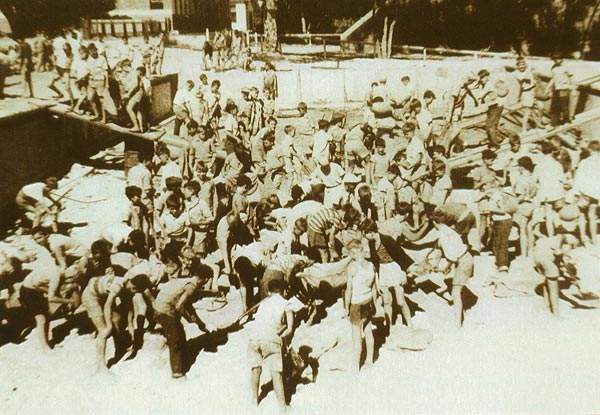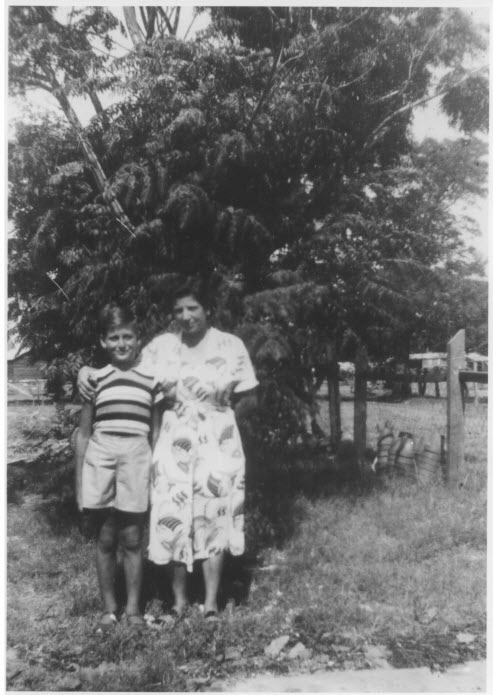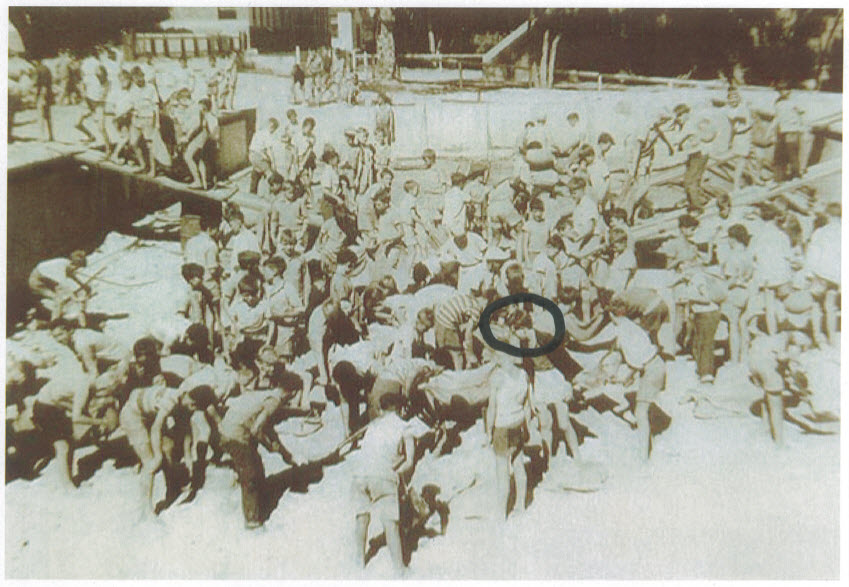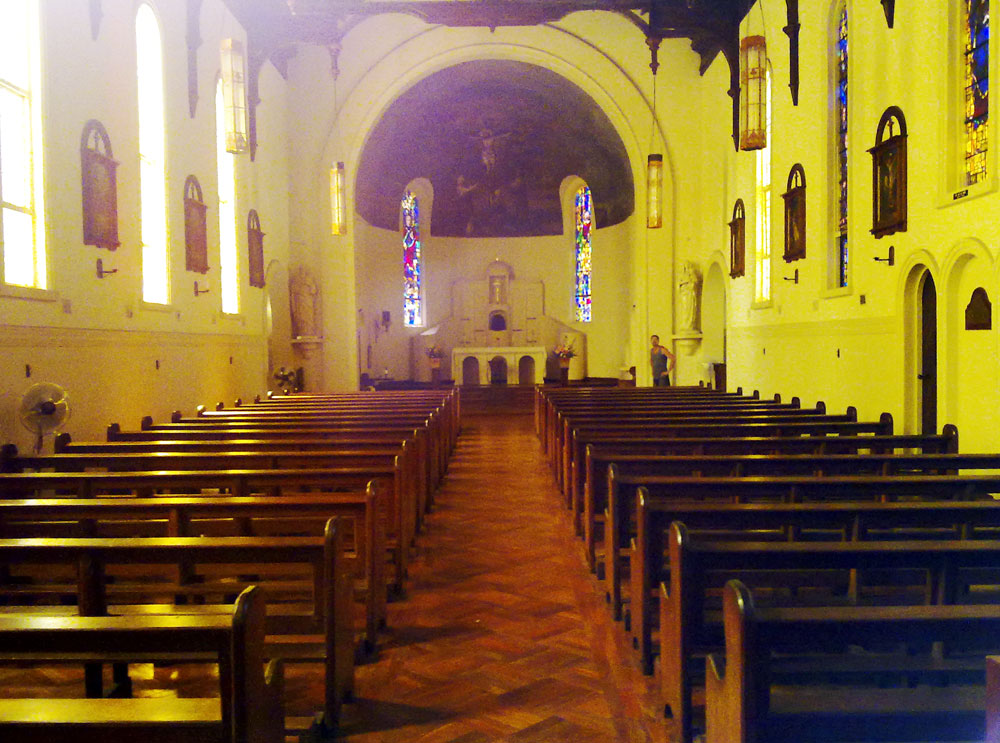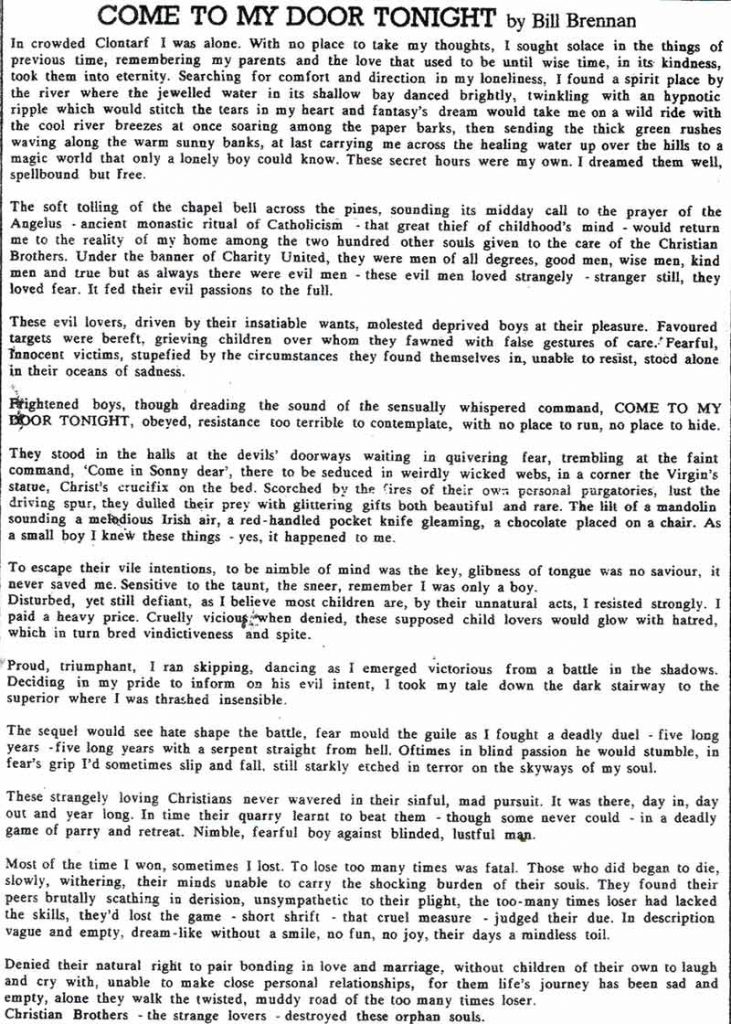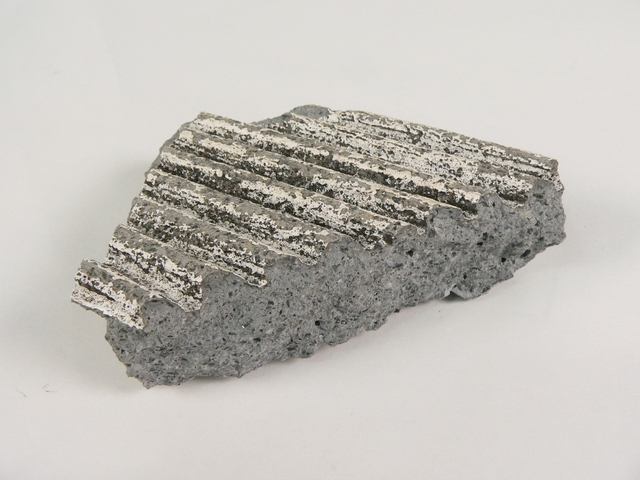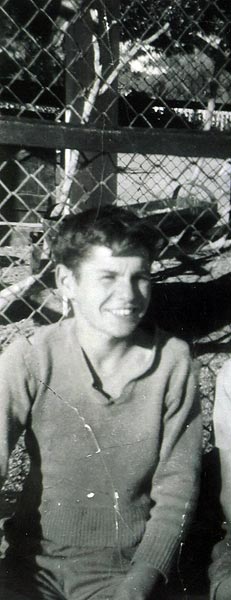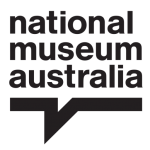Oliver Cosgrove writes in response to personal histories about child slave labour in children’s homes. He refers to a photograph on this website (below) of children building the swimming pool at Clontarf Boys’ Town. Oliver notes that such work contravened the International Labour Organisation Convention.
It is salient to note the International Labour Organisation Convention C5 of 1919. In essence it requires that children under the age of 14 not be used on industrial undertakings.
ILO Convention 33 refers to the minimum age of working children in non-industrial employment, and notes that children under the age of 14 who are still required to be at school shall not be employed unless otherwise provided for in the convention. The main such provision was that of Article 3 which allowed the use of children over the age of 12 for work outside of fixed school hours provided that the work was light.
This means that the time available for children to do so-called ‘light work’ in the institutions was one hour and 35 minutes on a school day and two hours on a non-school day.
In respect of the photograph of the children doing excavation of the swimming pool it is patent that:
- some children are under the age of 12
- they are bare-footed
- they are doing excavation work, and the fact that some groups of boys are carrying bags of sand indicates that the workload is heavy.
An article in the West Australian newspaper, 19 March, 1958, indicates that the swimming pool was built within three months. Work ‘… began soon after Christmas Day, and the first swimmers plunged into the water on Monday [17 May 1958]. The capacity of the pool was said by Brother Doyle to have been 150,000 gallons.’ An internet website converted 150,000 UK gallons to 681.913 m3.
The average maximum temperature in Perth for January is 30.6°C; for February 31.3°C and for March 29.2°C.
The State Records Office holds the Clontarf Swimming Pool file and contains a letter dated September 3, 1957 from Brother Maloney of Clontarf who stated that:
‘under the supervision of our Manager, Rev Brother Doyle, we hope to build with the aid of twenty senior boys a swimming pool… We would greatly appreciate the guidance of your Dept. and any little help you would permit.’
The Director of Works wrote back and in paragraph 7 he stated:
‘I was informed that some £3000 to £4000 is available for this project and also that all the materials for the concrete, except the cement, will be a free gift. This amount of money should be ample to construct the pool as all the labour will be free.’
Below is the relevant excerpt from the International Labour Convention 33:
C5 Minimum Age (Industry) Convention, 1919
Article 1
1. For the purpose of this Convention, the term industrial undertaking includes particularly–
(a) mines, quarries and other works for the extraction of minerals from the earth;
(b) industries in which articles are manufactured, altered, cleaned, repaired, ornamented, finished, adapted for sale, broken up or demolished, or in which materials are transformed; including shipbuilding, and the generation, transformation, and transmission of electricity and motive power of any kind;
(c) construction, reconstruction, maintenance, repair, alteration, or demolition of any building, railway, tramway, harbour, dock, pier, canal, inland waterway, road, tunnel, bridge, viaduct, sewer, drain, well, telegraphic or telephonic installation, electrical undertaking, gas work, water work, or other work of construction, as well as the preparation for or laying the foundations of any such work or structure;
(d) transport of passengers or goods by road or rail or inland waterway, including the handling of goods at docks, quays, wharves, and warehouses, but excluding transport by hand.
2. The competent authority in each country shall define the line of division which separates industry from commerce and agriculture.
Article 2
Children under the age of fourteen years shall not be employed or work in any public or private industrial undertaking, or in any branch thereof, other than an undertaking in which only members of the same family are employed.
Article 3
The provisions of Article 2 shall not apply to work done by children in technical schools, provided that such work is approved and supervised by public authority.


